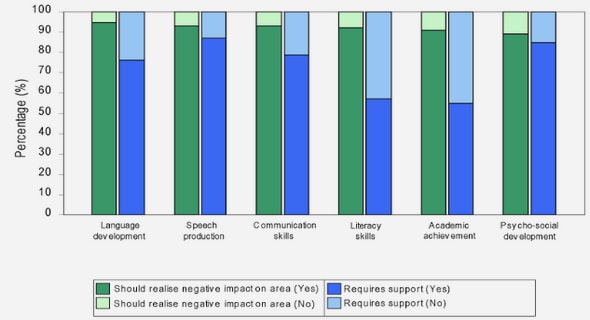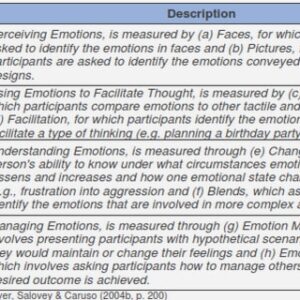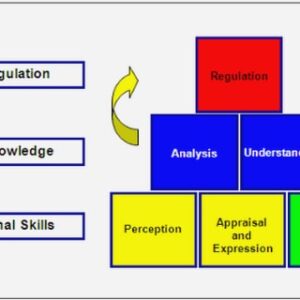(Downloads - 0)
For more info about our services contact : help@bestpfe.com
Table of contents
General Introduction
1. Background: Greenhouse Gas Emissions and livestock farming
1.1. Climate change, agriculture and livestock impacts
1.2. Sustainable development and theory of externalities
1.3. GHG mitigation alternatives in livestock farming and policy options
2. Problem statement, research questions and objective of the PhD
3. Livestock databases and GHG computations for the empirical applications
4. Structure of the dissertation
References
Chapter 1. Modelling pollution-generating technologies in performance benchmarking: Recent developments, limits and future prospects in the non-parametric fram
1. Introduction
2. Methodology for our literature review
3. The weak disposability assumption (WDA)
3.1. Definition and operationalization
3.2. Limits of the WDA
4. Recent developments in modelling pollution-generating technologies: materials balance approach and multiple frontier technologies
4.1. The weak-G disposability and the materials balance principles
4.2. By-production technologies
4.3. Non-radial efficiency measure under natural and managerial disposability
5. Challenges and future trends of research
References
Chapter 2. On modelling pollution-generating technologies: a new formulation of the by-production approach
1. Introduction
2. The classic by-production modelling
3. A new model: extension of the by-production approach
3.1. Definition of the extension
3.2. Efficiency assessment under the new extended BP approach
4. A numerical application
5. Conclusion
References
Chapter 3. Greenhouse gas emissions and efficiency in French sheep meat farming: a comparison of pollution-generating technologies in non-parametric modelling
1. Introduction
2. The modelling of pollution-generating technologies in the literature
2.1. Different models available that include bad outputs in the production technology
2.2. Eco-efficiency assessment and decomposition, and shadow price computation
2.3. Empirical studies of efficiency and pollution-generating technologies in agriculture: a review of the literature
3. Data and methodology
3.1. Data
3.2. Models implemented to assess eco-efficiency
4. Results
4.1. Eco-efficiency and its components
4.2. Trade-offs between operational efficiency and environmental efficiency
4.3. Shadow prices
5. Conclusion
Annex: Applications of efficiency calculation accounting for bad outputs in agriculture
References
Chapter 4. Investments and dynamic eco-efficiency under the by-production of undesirable output: a non-parametric framework
1. Introduction
2. Dynamic efficiency measurement in the literature
3. Dynamic aspects in pollution-generating technologies
4. Dynamic vs. static eco-efficiency estimation
5. Empirical application
6. Results
7. Conclusion
Annex: Dynamic and static eco-efficiency scores under different investment ratios
Chapter 5. General Discussion
1. Introduction
2. Environmental impacts’ analysis frameworks in the literature
3. Synthesis of main findings
4. Limits of the work
5. Suggestions for future research
References
Conclusion



